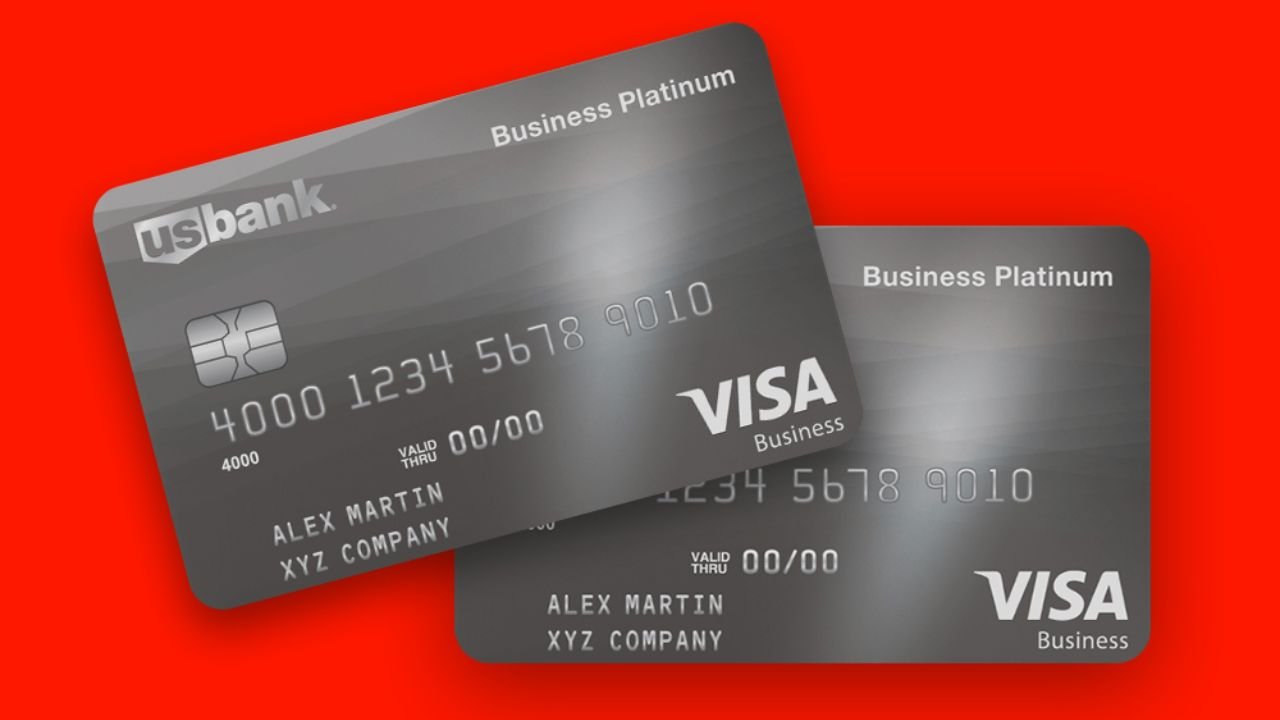The world is becoming more convenient with each passing day. Online shopping, digital banking, and instant communication have made life easier but with convenience comes vulnerability. One of the growing concerns in today’s digital age is stolen mail and the resulting credit card fraud. It’s a topic that needs immediate attention from financial-savvy individuals, identity theft victims, and online shoppers alike.
Introduction to the Growing Concern of Stolen Mail and Its Implications
In the hustle and bustle of daily life, it’s easy to overlook the importance of safeguarding our mail. However, this oversight can have severe consequences. Stolen mail is not just an inconvenience; it can lead to significant financial losses and identity theft.
Imagine the horror of checking your mailbox only to find an important bank statement missing or a new credit card that never arrived. These scenarios are becoming increasingly common. Criminals are targeting mailboxes to obtain sensitive information, resulting in unauthorized transactions and damaged credit scores.
This blog post aims to shed light on the issue of stolen mail and its implications, offering practical advice and solutions to protect your finances. We’ll explore real-life scenarios, provide statistics, and offer actionable steps to safeguard your personal information.
Understanding How Stolen Mail Facilitates Credit Card Fraud
Stolen mail is a treasure trove for identity thieves. When criminals intercept your mail, they gain access to sensitive information such as credit card offers, bank statements, and personal identification numbers (PINs). This information can be used to open new credit accounts, make unauthorized purchases, and even commit larger-scale identity theft.
One common tactic is the “change of address” scam. Thieves submit a change of address form to redirect your mail to an address they control, giving them uninterrupted access to your financial information. With your personal details in hand, they can easily bypass security measures and wreak havoc on your financial life.
Another method involves stealing newly issued credit cards from your mailbox. Without activating the card, they can still use the card details for online purchases. This is particularly concerning because many people don’t realize their card has been stolen until unauthorized charges appear on their statements.
Real-Life Scenarios and Statistics on Stolen Mail Checks Credit Cards Theft
The statistics surrounding stolen mail credit cards theft are alarming. According to the U.S. Postal Inspection Service, over 1.7 million complaints of mail theft were reported in 2020. This marks a significant increase from previous years and highlights the growing threat.
Consider the case of Jane, a busy professional who rarely checks her mailbox. One day, she noticed a series of unauthorized transactions on her credit card statement. After investigating, she discovered her new credit card had been stolen from her mailbox and used to make several online purchases. Jane’s experience is not unique; countless others have fallen victim to similar schemes.
In another instance, a retired couple had their mail intercepted for months without realizing it. The thieves used their information to open multiple credit accounts, resulting in thousands of dollars in debt and a damaged credit score. These real-life examples underscore the importance of vigilance and proactive measures to protect your mail and financial information.
Steps to Protect Your Mail and Personal Information
Secure Mailbox Practices
Securing your mailbox is the first line of defense against mail theft. Here are some practical tips:
- Invest in a Locking Mailbox: A locking mailbox can deter thieves by making it difficult to access your mail. Ensure the mailbox is sturdy and tamper-resistant.
- Retrieve Mail Promptly: Don’t leave your mail unattended for long periods. Collect it as soon as possible after delivery, especially if you receive sensitive documents.
- Hold Mail When Away: If you’re going on vacation or will be away for an extended period, request a mail hold from the post office. This prevents your mail from piling up and becoming an easy target for thieves.
Monitoring Your Credit Cards and Financial Accounts
Regular monitoring of your credit cards and financial accounts is crucial for detecting unauthorized activity early. Here’s how you can stay on top of your finances:
- Set Up Alerts: Most banks and credit card companies offer alert services that notify you of suspicious transactions. Enable these alerts to receive real-time updates on your account activity.
- Review Statements: Make it a habit to review your bank and credit card statements regularly. Look for any unfamiliar transactions and report them immediately.
- Check Credit Reports: Obtain free credit reports from the major credit bureaus (Equifax, Experian, TransUnion) at least once a year. Review the reports for any discrepancies or unauthorized accounts.
What to Do If You’re a Victim
If you suspect that your mail has been stolen or you’ve fallen victim to credit card fraud, take immediate action:
- Report to Authorities: Notify your local post office and file a complaint with the U.S. Postal Inspection Service. Providing details about the theft can help in their investigation.
- Contact Your Bank and Credit Card Issuers: Report the fraudulent activity to your financial institutions. They can freeze your accounts, issue new cards, and assist in resolving any unauthorized transactions.
- Place a Fraud Alert: Contact one of the major credit bureaus to place a fraud alert on your credit report. This makes it harder for thieves to open new accounts in your name.
- Consider Credit Monitoring Services: Enroll in a credit monitoring service that alerts you to changes in your credit report. While this may come with a fee, it provides an added layer of protection.
Technology and Tools for Preventing Credit Card Fraud
Advancements in technology have made it easier to prevent credit card fraud. Here are some tools and services that can help:
- Encryption and Tokenization: Many financial institutions use encryption and tokenization to protect your card information during transactions. Ensure that any online payment platform you use employs these security measures.
- Virtual Credit Cards: Some banks offer virtual credit cards for online purchases. These one-time-use cards provide an extra layer of security by masking your actual credit card number.
- Fraud Detection Software: Financial institutions use sophisticated algorithms to detect suspicious activity. Ensure your bank or credit card issuer employs robust fraud detection software.
- Secure Payment Gateways: When making online purchases, use secure payment gateways like PayPal or Apple Pay. These platforms offer additional security features to protect your financial information.
You May Also Like: The Ultimate Guide to p411 for Professionals and Marketers
Conclusion
Protecting your finances from stolen mail credit cards fraud is more critical than ever. By understanding the risks and taking proactive measures, you can safeguard your personal information and minimize the chances of falling victim to identity theft. From securing your mailbox to leveraging technology, every step you take enhances your financial security.
Stay vigilant, regularly monitor your financial accounts, and don’t hesitate to act if you suspect any fraudulent activity. Remember, protecting your finances is an ongoing process that requires diligence and awareness.
For further resources and personalized advice on securing your finances, consider consulting with a financial advisor. Your financial well-being is worth the investment.
By following the steps outlined in this blog post, you can confidently protect your finances from the growing threat of stolen mail credit cards fraud. Stay safe and stay informed.
Frequently Asked Questions
What should I do if I suspect my mail has been stolen?
If you suspect your mail has been stolen, take immediate action to report it. Notify your local post office and file a complaint with the U.S. Postal Inspection Service. Additionally, inform your financial institutions and consider placing a fraud alert on your credit report.
How can I prevent my mail from being stolen?
To prevent mail theft, invest in a locking mailbox, retrieve your mail promptly, and request a mail hold from the post office when you’re away. These steps can deter thieves and protect your sensitive information.
How often should I check my credit report to monitor for fraud?
It’s recommended to obtain free credit reports from the major credit bureaus (Equifax, Experian, TransUnion) at least once a year. Regularly checking your credit report can help you spot any discrepancies or unauthorized accounts early.
What are virtual credit cards and how do they help prevent fraud?
Virtual credit cards are one-time-use cards provided by some banks for online purchases. They mask your actual credit card number, adding an extra layer of security and reducing the risk of your real card information being stolen during online transactions.
What are secure payment gateways and why should I use them?
Secure payment gateways like PayPal or Apple Pay offer additional security features for online transactions. They use advanced encryption methods to protect your financial information, making it safer to shop online and reducing the risk of fraud.










